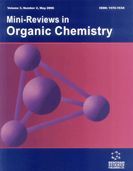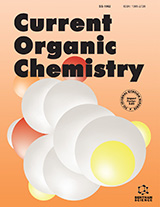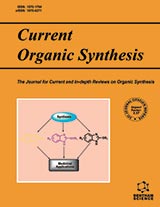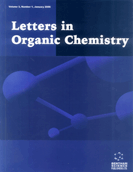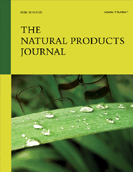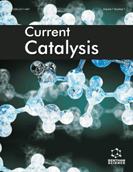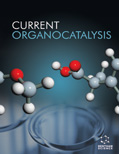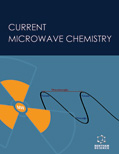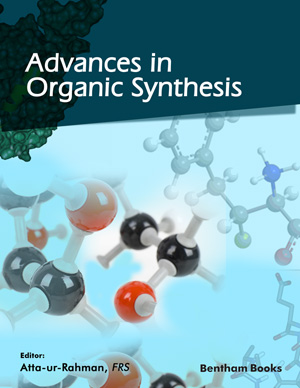Abstract
Mangosteen (Garcinia mangostana L.; Clusiaceae) is a popular botanical dietary supplement in the United States, where it is used principally as an antioxidant. It is referred to as the “queen of fruits” in Thailand, a country of origin. The major secondary metabolites of mangosteen, the xanthones, exhibit a variety of biological activities including antibacterial, antifungal, antiinflammatory, antioxidant, antiplasmodial, cytotoxic, and potential cancer chemopreventive activities. Moreover, some of the xanthones from mangosteen have been found to influence specific enzyme activities, such as aromatase, HIV-1 protease, inhibitor κB kinase, quinone reductase, sphingomyelinase, topoisomerase and several protein kinases, and they also modulate histamine H1 and 5-hydroxytryptamine2A receptor binding. Several synthetic procedures for active xanthones and their analogs have been conducted to obtain a better insight into structure-activity relationships for this compound class. This short review deals with progress made in the structural characterization of the chemical constituents of mangosteen, as well as the biological activity of pure constituents of this species and synthetic methods for the mangosteen xanthones.
Keywords: Xanthones, Mangosteen, Garcinia mangostana, Biological Effects, antioxidant, botanical dietary, antiinflammatory, antibacterial, antiplasmodial, HIV-1 protease
Mini-Reviews in Organic Chemistry
Title: Structural Characterization, Biological Effects, and Synthetic Studies on Xanthones from Mangosteen (Garcinia mangostana), a Popular Botanical Dietary Supplement
Volume: 5 Issue: 4
Author(s): Young-Won Chin and A. Douglas Kinghorn
Affiliation:
Keywords: Xanthones, Mangosteen, Garcinia mangostana, Biological Effects, antioxidant, botanical dietary, antiinflammatory, antibacterial, antiplasmodial, HIV-1 protease
Abstract: Mangosteen (Garcinia mangostana L.; Clusiaceae) is a popular botanical dietary supplement in the United States, where it is used principally as an antioxidant. It is referred to as the “queen of fruits” in Thailand, a country of origin. The major secondary metabolites of mangosteen, the xanthones, exhibit a variety of biological activities including antibacterial, antifungal, antiinflammatory, antioxidant, antiplasmodial, cytotoxic, and potential cancer chemopreventive activities. Moreover, some of the xanthones from mangosteen have been found to influence specific enzyme activities, such as aromatase, HIV-1 protease, inhibitor κB kinase, quinone reductase, sphingomyelinase, topoisomerase and several protein kinases, and they also modulate histamine H1 and 5-hydroxytryptamine2A receptor binding. Several synthetic procedures for active xanthones and their analogs have been conducted to obtain a better insight into structure-activity relationships for this compound class. This short review deals with progress made in the structural characterization of the chemical constituents of mangosteen, as well as the biological activity of pure constituents of this species and synthetic methods for the mangosteen xanthones.
Export Options
About this article
Cite this article as:
Chin Young-Won and Kinghorn Douglas A., Structural Characterization, Biological Effects, and Synthetic Studies on Xanthones from Mangosteen (Garcinia mangostana), a Popular Botanical Dietary Supplement, Mini-Reviews in Organic Chemistry 2008; 5 (4) . https://dx.doi.org/10.2174/157019308786242223
| DOI https://dx.doi.org/10.2174/157019308786242223 |
Print ISSN 1570-193X |
| Publisher Name Bentham Science Publisher |
Online ISSN 1875-6298 |
 5
5
- Author Guidelines
- Bentham Author Support Services (BASS)
- Graphical Abstracts
- Fabricating and Stating False Information
- Research Misconduct
- Post Publication Discussions and Corrections
- Publishing Ethics and Rectitude
- Increase Visibility of Your Article
- Archiving Policies
- Peer Review Workflow
- Order Your Article Before Print
- Promote Your Article
- Manuscript Transfer Facility
- Editorial Policies
- Allegations from Whistleblowers
Related Articles
-
Targeting Prostate Cancer Stem Cells
Anti-Cancer Agents in Medicinal Chemistry The Anti-cancer Actions of Vitamin D
Anti-Cancer Agents in Medicinal Chemistry Fungal Bioactive Compounds in Pharmaceutical Research and Development
Current Bioactive Compounds Inducible Nitric Oxide Synthase-Vascular Endothelial Growth Factor Axis: A Potential Target to Inhibit Tumor Angiogenesis by Dietary Agents
Current Cancer Drug Targets Recent Advances in Use of Topoisomerase Inhibitors in Combination Cancer Therapy
Current Topics in Medicinal Chemistry Determinants of Anti-Cancer Effect of Mitochondrial Electron Transport Chain Inhibitors: Bioenergetic Profile and Metabolic Flexibility of Cancer Cells
Current Pharmaceutical Design Dual Targeting of Glioma U251 Cells with Nanoparticles Prevents Tumor Angiogenesis and Inhibits Tumor Growth
Current Neurovascular Research New Approaches in Glioblastoma Multiforme: The Potential Role of Immune- check Point Inhibitors
Current Cancer Drug Targets Effect of MRJF4 on C6 Glioma Cells Proliferation and Migration
Central Nervous System Agents in Medicinal Chemistry 5-Lipoxygenase in the Central Nervous System: Therapeutic Implications
Current Medicinal Chemistry - Anti-Inflammatory & Anti-Allergy Agents In vivo Fluorescence Detection in Surgery: A Review of Principles, Methods, and Clinical Applications
Current Medical Imaging Regulation of Mitochondrial Function and its Impact in Metabolic Stress
Current Medicinal Chemistry Recent Advances in Luminescent Carbon Dots
Current Analytical Chemistry Natural Products as a Promising Therapeutic Strategy to Target Cancer Stem Cells
Current Medicinal Chemistry Meet Our Editorial Board Member
Current Neuropharmacology Signal Transduction and Photodynamic Therapy
Current Signal Transduction Therapy miR-221/222 Confers Radioresistance in Glioblastoma Cells Through Activating Akt Independent of PTEN Status
Current Molecular Medicine Molecular Targeting of Drug Delivery Systems to Cancer
Current Drug Targets RAS/RAF/MEK Inhibitors in Oncology
Current Medicinal Chemistry Dendrogenin A: A Mammalian Metabolite of Cholesterol with Tumor Suppressor and Neurostimulating Properties
Current Medicinal Chemistry


